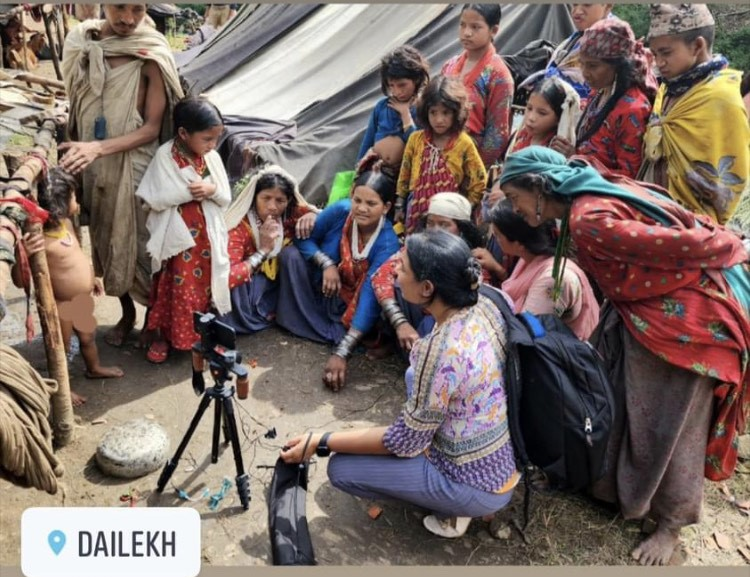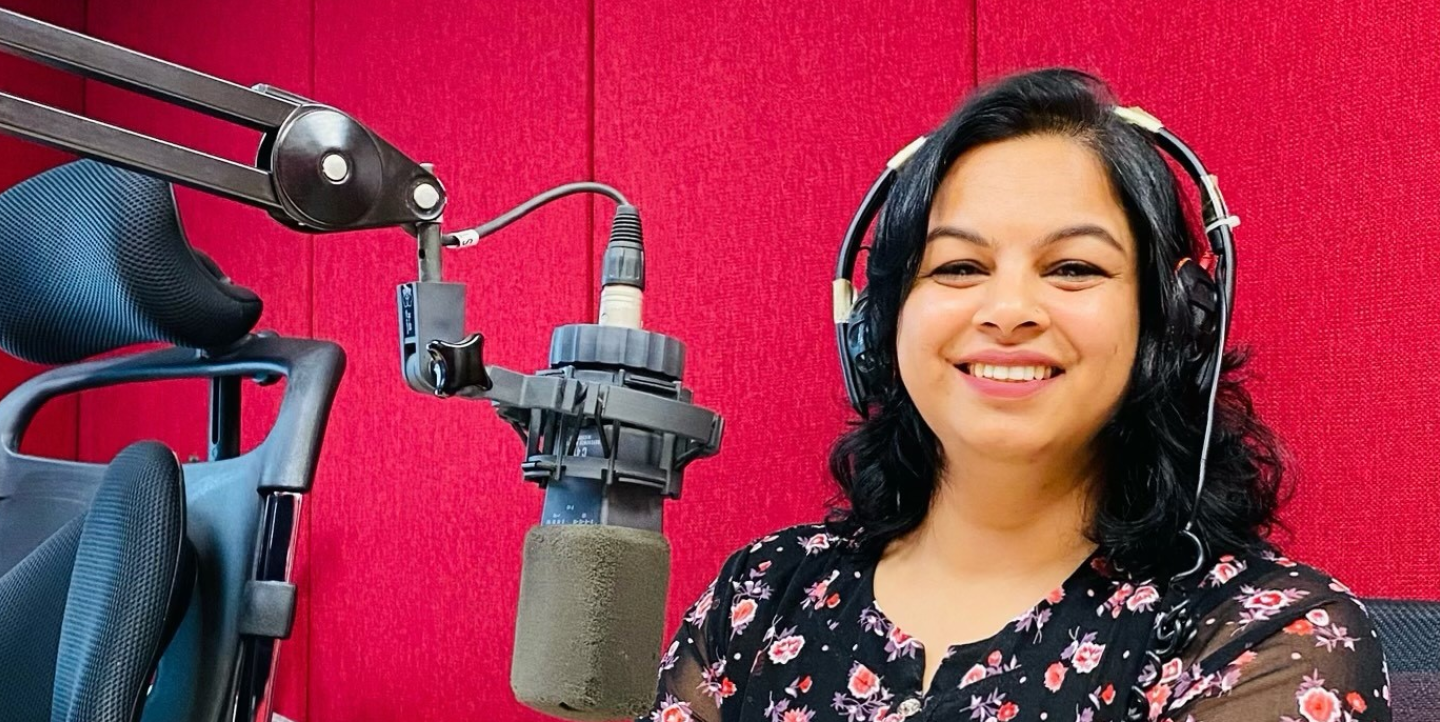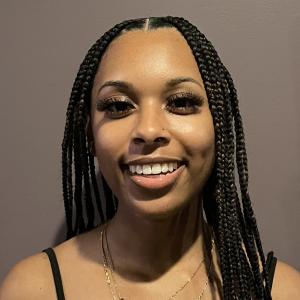When she was an undergraduate in media studies at Kathmandu University, Binita Dahal traveled to Thawang village in Rolpa District, in what had been the heartland of the decade-long Maoist insurgency in Nepal. After traveling for three days, she encountered a 12-year-old boy who carried items every day to help the Maoist rebels in hopes of one day joining the People’s Liberation Army.
Surprised at the young boy's determination to join the Maoists instead of going to school, and after witnessing children drawing pictures of guns and Maoist slogans, she found herself compelled to write an article. Her story about the boy was the first time she felt that her calling was to be a journalist.
Dahal later interned at Nagarik News, a Nepali-language newspaper in Kathmandu. The feature stories she wrote impressed her editor, who recommended she try reporting on the judiciary system and legal issues. Dahal took that up as a challenge and later enrolled at Nepal Law College, where she earned her law degree and advocate’s license to better understand legal terminologies and proceedings for her reporting.
Ten years ago, she joined BBC Nepali Service as a freelance reporter, and worked her way up to be a broadcast journalist. Today, she produces radio and online contents and also work as a program presenter for BBC. She has also written on the transitional justice system, as well as gender disparities and other issues faced by women in rural Nepal.
What is it like to be a woman journalist in Nepal?
In Nepal, in recent years the number of women journalists in the newsroom has increased, but not an equal number as compared to men. In every newsroom the number of women is gradually increasing, but in mainstream media it's hard to see the balance of female journalists bylines on the front page, on television, radio, [or who] cover[s] beats like politics, judiciary, sports and business. Women mostly cover social or entertainment beats. I'm one of the few female journalists who covers politics, judiciary and good governance.
Initially, you were interested in legal reporting, but now you focus on women and social issues. Can you speak on why you report on these issues?
While I was in Nagarik, I regularly reported on the transitional justice system, the judiciary’s role in strengthening democracy, and the rule of law. While I was [working for Nepali online newspaper] Setopati, I wrote some long-form feature stories on social issues that were widely read and shared.
While I travel to rural Nepal, the appalling condition of women and children hits me hard. If I'm given one political, hard-hitting kind of issue or one in which women or children are suffering, then I definitely am inclined to cover them even though I may not have experienced those kinds of issues [myself].
After Setopati, in BBC, some of my major works included post-earthquake reconstruction and recovery, transitional and social justice, and response to the COVID-19 pandemic.
My work expanded beyond legal journalism, [but] I also continued writing a column named Legalese for Nepal’s leading Nepali Times weekly on legal issues for three years.

How did you transition from print to broadcast journalism?
I moved my career from print to broadcast because of the job prospects. When I was offered a job at the BBC, I challenged myself because I didn’t know broadcast media then. In Nepal, most of the people in rural areas still depend on the radio to listen to the daily news. Along with radio reports, I sometimes produce videos, as well. I believe journalists should have multimedia skills because media consumption habits have changed drastically in recent years.
Initially, it was very difficult because before coming to BBC, I wrote mostly long form, so my main challenge after I came to BBC as a radio reporter was to make my writing concise, audible and radio friendly. [At the BBC] I could only write 200 or 300 words, but before that I used to write 2000 words [per] story. So it was quite challenging for me to make that writing concise and audible and sort of radio friendly. So that was my struggle in the beginning. But after working with the wonderful team at the BBC, I got used to it, and now I'm comfortable in doing both radio and online stories.
How has IJNet helped your career?
I went to some of the fellowships in countries abroad and I came to know about those fellowships from IJNet, which I follow on Facebook, Instagram, and Twitter. I came to know that there are opportunities worldwide and I applied to Alfred Friendly [Fellowship] in 2017 in the US. After that in 2018 I went to South Korea to attend a GIJN program which also I came to know from IJNet.
Recently in 2023 I got Kiplinger Fellowship and went to Ohio University in March. I knew about that fellowship also from IJNet. IJNet is one of the major parts for me to see what journalism-related opportunities or tips and training are there.
What do you see as the future for women journalists in Nepal?
Despite an increase in the number of female journalists in Nepal, women are rarely granted important roles. When women hold powerful positions, other women experience a sense of empowerment. Aspiring women journalists should focus on learning new media tools to be a multimedia journalist.
As one of very few women journalists covering politics and judiciary in the mainstream media, I have experienced that when you work hard and follow your passion you can make a visible presence in the media fraternity. However, media outlets should be inclusive and should hire more women in leading positions. I've heard tales of female journalists who struggle to keep their jobs because they face workplace harassment and bullying.
Photos by Binita Dahal.


